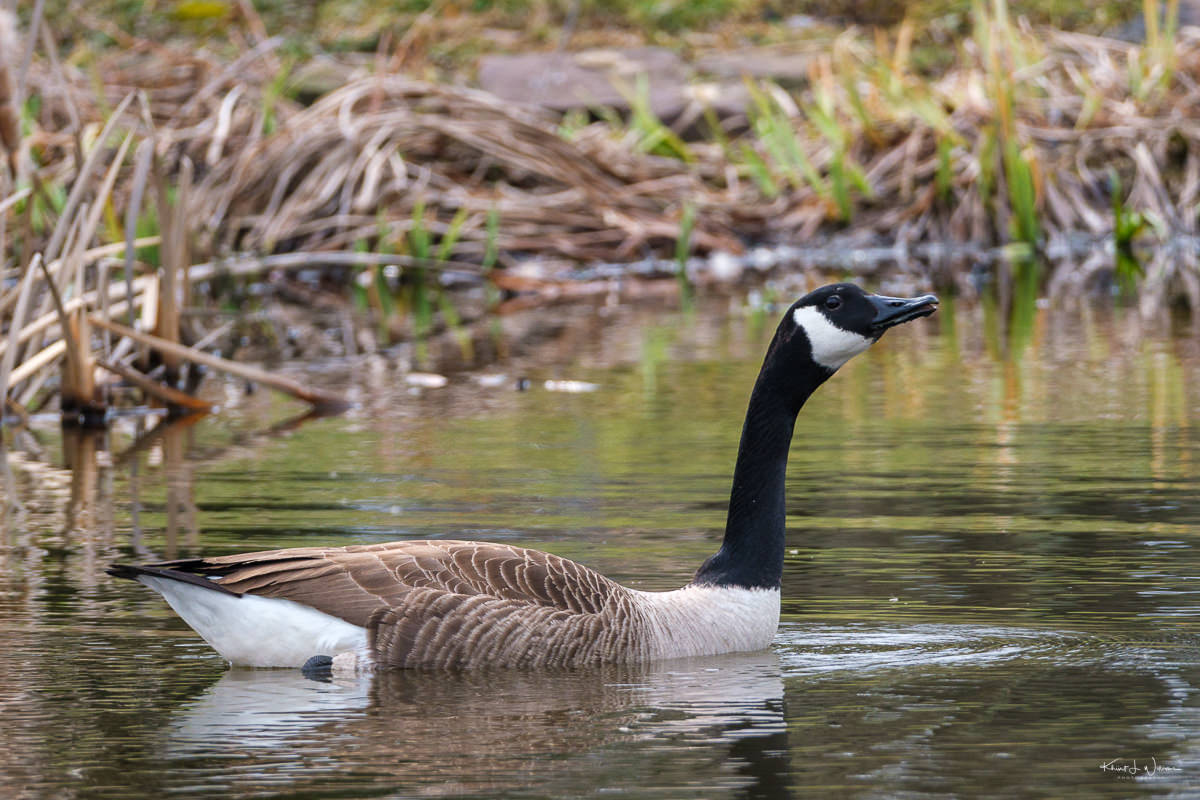Canadian bacon, American bacon, and Scottish back bacon each come from different parts of the pig and are prepared in distinct ways that affect their taste and texture.
Canadian bacon is made from the lean eye of the loin, in the back of the pig. It is a much leaner cut than what the United States1 consider 'regular' bacon and resembles ham more than the streaky fatty salty sugary bacon consumed in the United States1. Canadian bacon is usually smoked after being cured and is often sold in rounded slices. It has a milder flavour and lower fat content compared to United States (US) bacon.
US bacon is often referred to as streaky bacon due to its high-fat content. It is made from the pork belly. It has a rich, smoky salty sweet flavour and crispy texture when cooked. US bacon is typically cured and then smoked, resulting in a fattier and more calorie-dense product compared to Canadian bacon.
Scottish back bacon is similar to Canadian bacon in that it comes from the loin of the pig. However, Scottish back bacon may include a small portion of the belly attached, which adds a little more fat and flavour compared to Canadian bacon. Scottish back bacon is also cured and can be smoked or unsmoked, depending on the traditional recipes and regional preferences.
The main differences between these types of bacon lie in their cut of pork, fat content, and the preparation process. Canadian and Scottish back bacon are leaner with a more ham-like texture, while American bacon is fattier with a crispier texture when cooked. I do not like US bacon. It’s disgusting.
During the pandemic, I found the Scottish Gourmet, an online where I ordered various Scottish foods to make my full Scottish breakfast, including black pudding and packaged slices of back bacon. I loved the back bacon so much that I had been placing regular orders of back bacon. I freeze the packages and thaw them as needed. I cook a slice for breakfast each morning.

On my first visit to the Brick Farm Tavern’s mini market, I discovered they sold Canadian bacon. It’s not quite the same as Scottish back bacon but it's quite tasty. The mini market is just a 15-minute drive from home making their bacon more accessible than the Scottish Gourmet.
While walking back to the car from the mini market, I noticed these birds walking across the lawn near the Dog Run Bar. Fortunately, the X-T3 and the XF150-600mmF5.6-8 R LM OIS WR were in the back of the car.
The bird is the Canada Goose (Branta canadensis), identifiable by its black head and neck, white cheeks, white under its chin, and brown body. Canada Geese are native to arctic and temperate regions of North America, but their range has expanded with the help of humans to parts of northern Europe, New Zealand, and other areas. They are highly adaptable and can be found in a variety of habitats, including lakes, rivers, ponds, and sometimes even urban parks. Canada Geese are known for their V-shaped migration patterns and their loud, honking call.


Not to disagree but "Americans" refer to themselves that way because the are from the United States of America, not because we are from North America.. We can hardly refer to ourselves as USAicans. And people from the other Americas also refer to themselves by the names of their countries as well, Chilean, Brazilian, Panamanian, etc, not as South Americans. They may be from South American but they have national identities and cultures. In fact, I was surprised to learn that in Europe, they recognize only 6 continents and are taught that North and South American are the same continent, America, rather than 2 continents.
Let's agree to disagree. I have found citations that support my point. See https://www.britannica.com/dictionary/American and https://en.wikipedia.org/wiki/American_(word)
From Wikipedia:
I will agree to disagree. Though on the first issue of cognates, the author seems to miss the point that the the words used to refer to Americans are based on the term for the United States in their language. As in US we refer to people from other countries based the English name for a country. A person from the Bundesrepublik Deutschland is a German to me. Japan is Nihon and Nippon in Japanese and Giappone in Italian. A muddle for sure.
FWIW, this conversation has happened before. See: https://news.ycombinator.com/item?id=9433720
We have these types of intense conversations inside our home because we are a multi-ethnic family from various parts of the world (India, Eastern Caribbean, England, Afghanistan, Romania, France) and various ethnic (Indian, Nigerian, Ghanaian, Cameroonian, French, Scottish, Welsh, Italian, Kalinago) and religious (Hindu, Roman Catholic, Judaisn, Muslim) groups. We have these conversations about words because we want to understand the world.
Bridgy Response